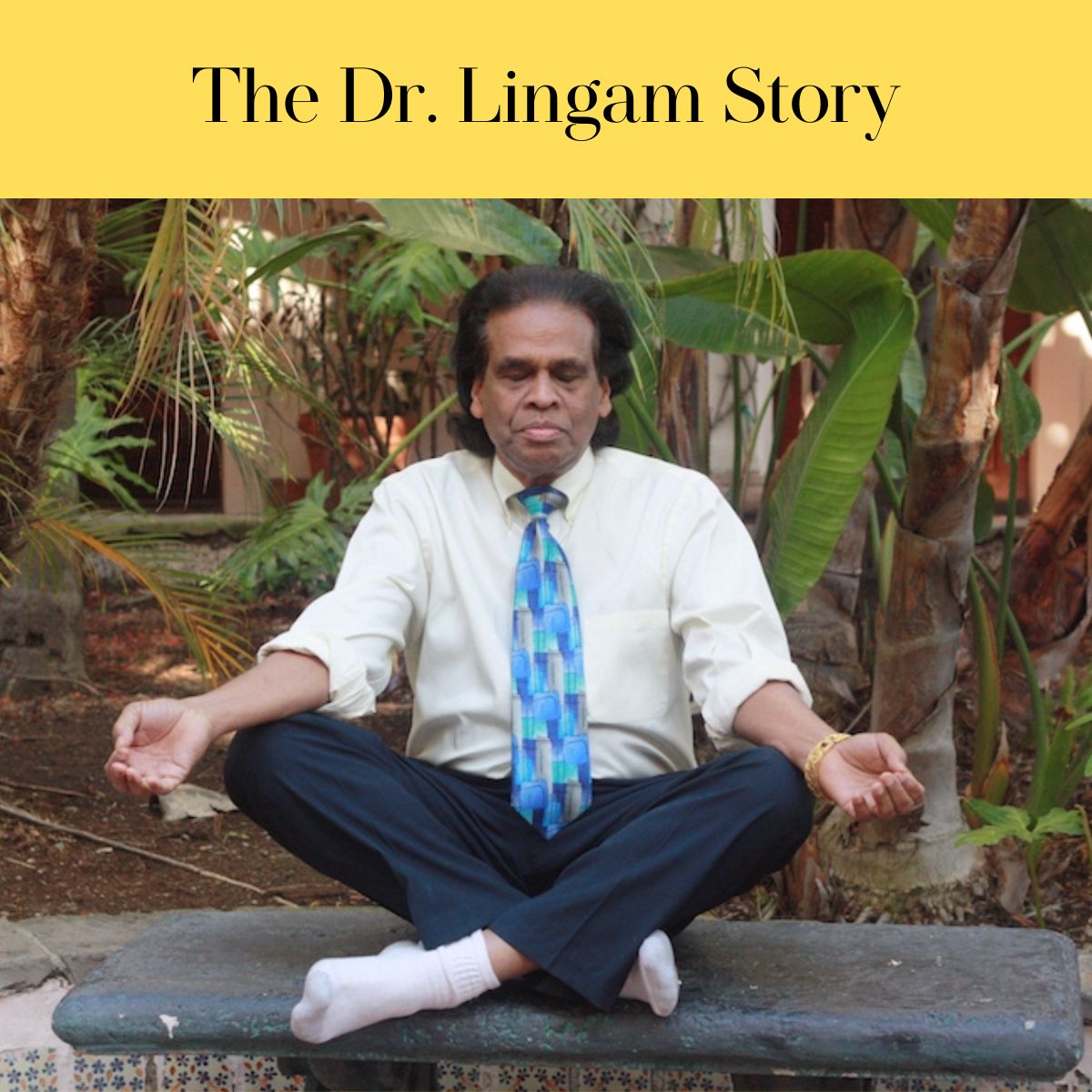
Learn to Meditate To Become Resilient and Manage Stress
Hylunia Skincare
How to Handle Stress by Meditating Daily
Stress is everywhere—in our workplaces, relationships, and even our attempts to “relax.” While you can’t always remove stressors, you can change how your mind and body respond. One of the simplest, most effective tools is daily meditation for stress relief.
Both modern science and ancient wisdom confirm that a few minutes of consistent meditation can calm the nervous system, rewire the brain, and restore balance. Here’s how—and why—you should make meditation part of your daily life.
What Stress Does to Your Body
Stress isn’t just mental—it’s physiological. When you’re stressed, the body triggers the fight-or-flight response: your heart rate speeds up, blood pressure rises, and cortisol (the stress hormone) floods your system.
Over time, chronic stress can cause:
-
Weakened immunity
-
Anxiety and depression
-
Heart disease and high blood pressure
-
Memory and concentration problems
Harvard Health explains that unchecked stress keeps the body in a constant state of alertness, exhausting both mind and body. Meditation interrupts this cycle, giving your system a chance to reset.
The Ancient Roots of Meditation
Meditation is not new—it’s one of humanity’s oldest practices for peace and clarity.
-
India, 3000–1500 BCE: The earliest depictions of yogis in meditation appear in cave drawings and the Vedas.
-
The Yoga Sutras of Patanjali (400–100 BCE): These foundational texts describe meditation as a way to dissolve ignorance, the root of tension and suffering.
-
The Bhagavad Gita: Teaches meditation as a path to self-mastery and equanimity.
-
Global Spread: Buddhism spread to China and Japan from India and from China to modern mindfulness, meditation became central to cultures worldwide.
For millennia, meditation was a spiritual discipline. Today, science recognizes it as a therapeutic tool for stress relief.
Science-Proven Benefits of Daily Meditation
Research confirms what sages intuited thousands of years ago: meditation transforms the brain and reduces stress.
-
Harvard MRI Studies: Just eight weeks of mindfulness meditation increased gray matter in the hippocampus (linked to memory and compassion) and reduced density in the amygdala (the stress center).
-
Meta-analyses of 45+ studies: Meditation consistently lowered physiological markers of stress like heart rate and blood pressure.
-
Mindfulness-Based Stress Reduction (MBSR): Used in hospitals to help patients manage anxiety, depression, PTSD, and chronic pain.
These results prove meditation doesn’t just make you feel calmer—it produces measurable, lasting changes in brain structure and emotional resilience.
Stress as Layers of Tension: Patanjali’s Insight
The Yoga Sutras describe stress not as one thing but as layers of tension (kleshas):
-
Dormant (Prasupta): Subconscious seeds of stress, not yet visible.
-
Slight (Tanu): Minor irritations and worries.
-
Scattered (Vichchhinna): Recurring anxieties, phobias, and inner conflicts.
-
Manifest (Udara): Active, visible stress in daily life.
All of these stem from ignorance of reality—mistaking impermanent things for permanent, or the non-self for the self. Meditation peels back these layers, helping you see clearly and dissolve the roots of stress.
A Simple Daily Meditation Routine to Start
The beauty of meditation is its simplicity. You don’t need special equipment—just time and consistency.
Five steps to begin:
-
Set aside 10 minutes daily, ideally in the morning.
-
Sit comfortably, with your spine upright and eyes gently closed.
-
Focus on your breath—inhale and exhale slowly, naturally.
-
Notice thoughts without judgment, then return to the breath.
-
End with gratitude or a calming word (e.g., shanti, meaning peace).
Even five minutes a day can begin to reduce stress. Within weeks, many notice improved mood, better sleep, and calmer reactions to challenges.
Popular Meditation Types for Stress Relief
Different meditation styles can fit different needs. Here are some of the most effective for stress relief:
-
Mindfulness Meditation: Observing thoughts and sensations without judgment.
-
Mantra Meditation: Repeating a calming word or sound to steady the mind.
-
Loving-Kindness Meditation (Metta): Cultivating compassion for self and others.
-
Walking Meditation: Aligning footsteps and breath in mindful movement.
-
Yoga Nidra: Guided deep relaxation to release stored tension.
Explore and choose one that resonates—you can always adapt or combine practices.
Stress as a Teacher: Beyond Relaxation
While meditation is a powerful stress management tool, it’s more than relaxation. It’s a path to self-awareness.
By practicing daily, you learn to separate pure awareness from the turbulence of thoughts. Stress becomes a signal, not a burden—a reminder to return to your inner stillness.
As Patanjali wrote, ignorance leads to egoism, attachment, aversion, and fear—all of which fuel stress. Meditation dissolves these roots, leading to resilience, freedom, and happiness.
Key Takeaway
Stress is inevitable. Suffering is optional.
With just a few minutes of daily meditation for stress relief, you can calm the mind, protect your health, and reconnect with your true self.
Ancient wisdom and modern science both agree: meditation is the antidote to stress—and a lifelong ally for peace and clarity.




